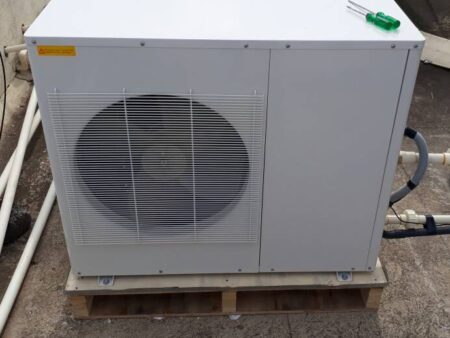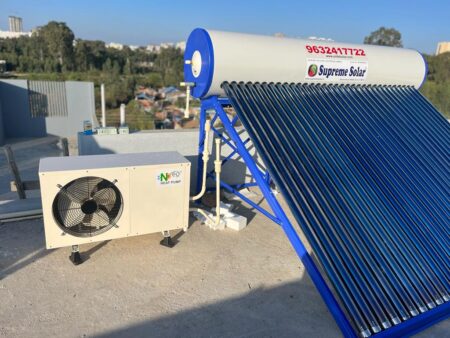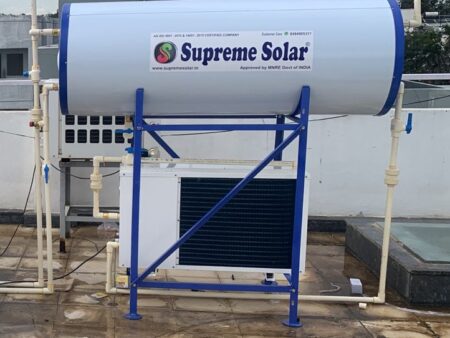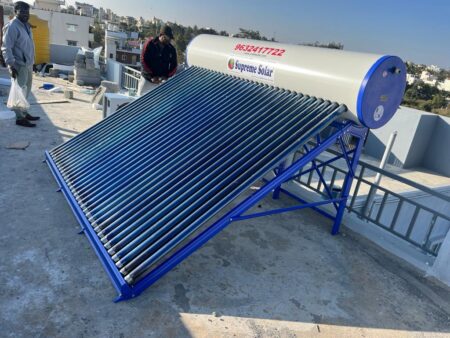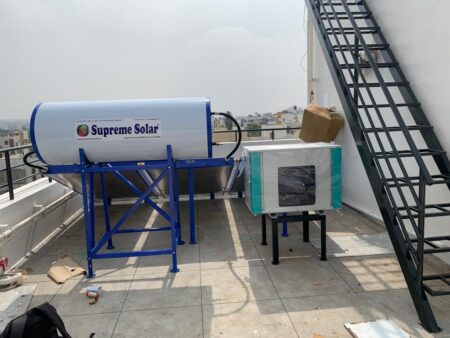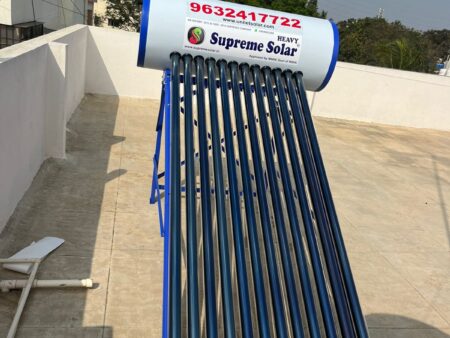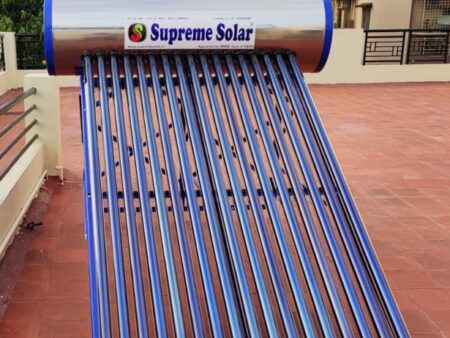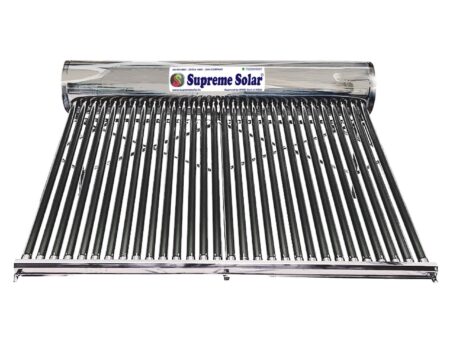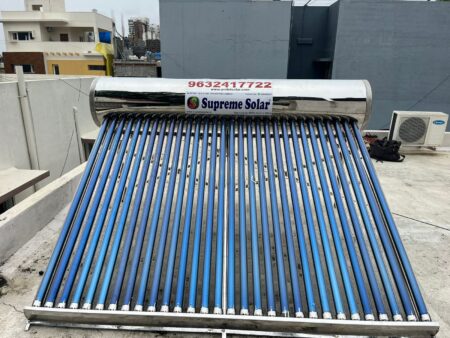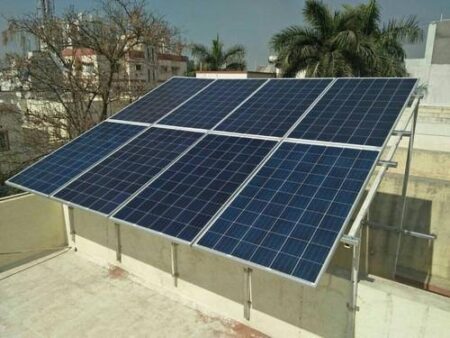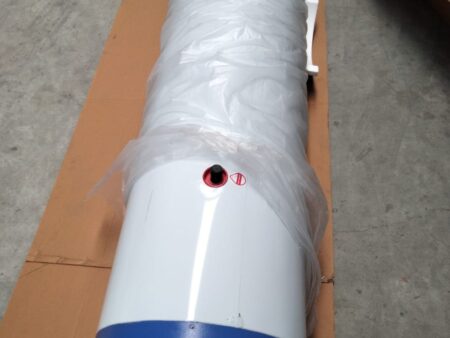Heat pump
How Heat Pumps Are Revolutionizing Solar Water Heaters
Unveiling the Power of Air Source Heat Pumps
Heat pumps have stepped in to address the limitations of solar water heaters and take their efficiency to the next level. These intelligent devices utilize electricity to transfer heat energy from one location to another, effectively increasing the temperature of the water stored in the heater. By utilizing the sun’s energy to heat the air, heat pumps can provide a consistent and reliable source of heat, even in cloudy weather conditions.
Heat pumps stand as versatile devices capable of harnessing heat energy from various environments, enabling their utilization for a multitude of purposes. This article aims to explore the diverse applications and uses of heat pumps while highlighting the significant role they play in enhancing energy efficiency and reducing greenhouse gas emissions. Focusing on the two primary types, Air-Source Heat Pumps (ASHP) and Ground-Source Heat Pumps (GSHP), we will delve into their specific functions and benefits.
What are Air-Source Heat Pumps?
Efficiently extracting heat from the outdoor air during winter, ASHPs effectively provide indoor heating for various buildings. During summer, their reversible operation enables cooling as they transfer heat from the indoor air to the outdoors.
One of the main advantages of combining heat pumps with solar water heaters is the reduction in energy consumption. Heat pumps are known for their high energy efficiency, as they move heat rather than generating it, resulting in significant energy savings. This translates to lower electricity bills and a reduced carbon footprint over the long run, making heat pumps a financially and environmentally savvy choice
Showing all 7 results
-
Supreme 100 Ltrs Heat Pump System
Original price was: ₹98,000.00.₹85,000.00Current price is: ₹85,000.00. -
Supreme Solar 220 Ltrs Heat Pump Combo
Original price was: ₹128,000.00.₹110,000.00Current price is: ₹110,000.00. -
Supreme 300 Ltrs Heat pump
Original price was: ₹168,000.00.₹125,000.00Current price is: ₹125,000.00. -
Heat pump with 500 LPD Solar Heater
Original price was: ₹148,000.00.₹135,000.00Current price is: ₹135,000.00. -
Supreme Solar 220 Ltrs Pressurized with Heat Pump
Original price was: ₹168,000.00.₹140,000.00Current price is: ₹140,000.00. -
Supreme 300 Ltrs Hybrid Heat pump
Original price was: ₹188,000.00.₹165,000.00Current price is: ₹165,000.00. -
Supreme 500 Ltrs Hybrid Heat pump
Original price was: ₹220,000.00.₹200,000.00Current price is: ₹200,000.00.













